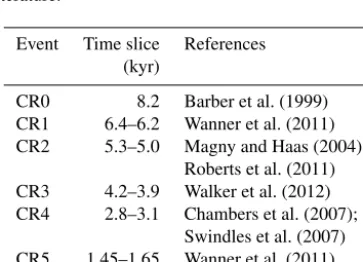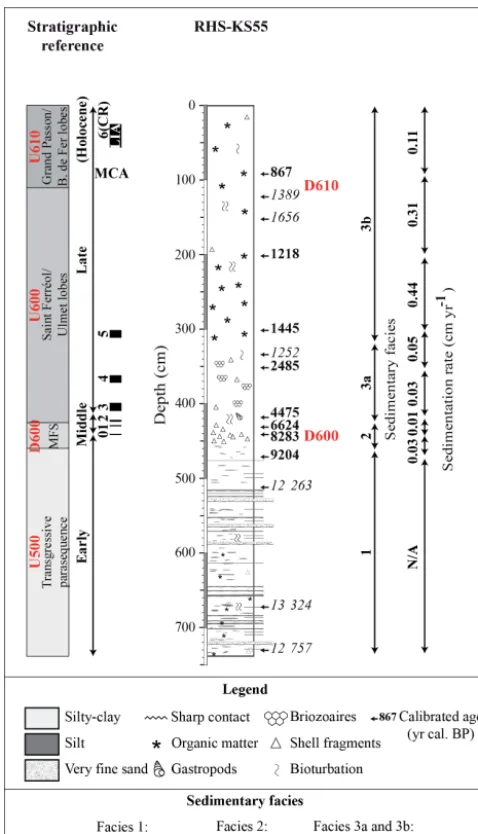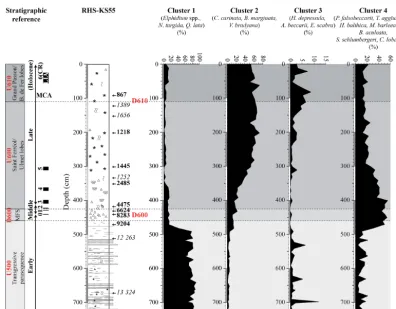Sedimentary archives of climate and sea-level changes during the Holocene in the Rhône prodelta (NW Mediterranean Sea)
Full text
Figure




Related documents
Figure 2 indicates the representative chromatographic peaks of FFAs in the sediment samples in both seasons while the free fatty acid levels of the river sediments
1) To assess the level of maternal knowledge about folic acid among women attending well baby clinic in ministry of health primary health care centers in
The 16 management officers interviewed include three plan- ning directors (PD), two deputy directors (PDD), four senior town planning officers (STP), and seven
Considering only women who received abortion care from public facility where there is shortage contraception supplies in study conducted in two of the region and failing to
It was decided that with the presence of such significant red flag signs that she should undergo advanced imaging, in this case an MRI, that revealed an underlying malignancy, which
Also, both diabetic groups there were a positive immunoreactivity of the photoreceptor inner segment, and this was also seen among control ani- mals treated with a
Even if these agents present with higher efficacy and a promising safety and tolerability profile, thus pos- sibly demonstrating better adherence, it will be imperative for the
19% serve a county. Fourteen per cent of the centers provide service for adjoining states in addition to the states in which they are located; usually these adjoining states have



